
"Renewable energy isn't something pie in the sky. It's not part of a far-off future. It's happening all across America right now," Obama told workers at the Cardinal Fastener & Specialty Co. in this Cleveland suburb. "It can create millions of additional jobs and entire new industries if we act right now."
Just days before taking the oath of office as the 44th president, Obama used the factory as a backdrop as he sought to generate support from the public — constituents of skeptical Republicans and Democrats in Congress — for his pricey plan to pull the country out of recession.
Seeking to counter critics' claims of excessive spending and too few tax cuts, Obama cast the package as necessary to create long-lasting, well-paying jobs in industries such as alternative energy, and help hard-hit industrial states such as Ohio now and in the future.
"It's not too late to change course — but only if we take dramatic action as soon as possible," Obama said. He pledged: "The first job of my administration is to put people back to work and get our economy moving again."
"We're not looking to create just any kind of jobs here," Obama added. "We're looking to create good jobs that pay well and won't be shipped overseas. Jobs that don't just put people to work in the short term, but position our economy to be on the cutting edge in the long term."
His audience — factory workers, invited guests and state officials, including Ohio Gov. Ted Strickland — gave him warm greetings and polite applause at the relatively low-key appearance.
Obama held the campaign-style event — likely the first in a series — one day after the Senate agreed to give him access to the second half of last fall's $700 billion financial industry bailout and House Democrats unveiled an $825 billion stimulus package that could reach $1 trillion by the time Congress sends it to him.
One of the largest bills ever to make its way through Congress, it calls for federal spending of roughly $550 billion and tax cuts of $275 billion over the next two years to revive the sickly economy. It also focuses heavily on energy, education, health care and jobs-producing highway construction.
Energy-related proposals include $32 billion to upgrade the nation's electrical distribution system, more than $20 billion in tax cuts to promote the development of alternatives to oil fuels, and billions more to make public housing, federal buildings and modest-income homes more energy efficient.
Over the past three months, Obama has moved from campaigning for president to campaigning for a stimulus plan. He has been in Washington for two weeks, and he and his advisers have spent much of the time consulting with Congress on the plan's components. He is seeking to secure lawmakers' backing even as both Republicans and Democrats raise concerns about its price tag and tax provisions.
Despite the resistance, House and Senate leaders have pledged to give Obama legislation to sign by mid-February.
The stakes are enormous for Obama.
Passage of the plan — and bipartisan passage in particular — would mark a significant achievement at the outset of his administration. Obama is inheriting a deep recession from President George W. Bush. Defeat would be a blow, coming not just in his first weeks in office but also as joblessness increases, bank failures continue, investment portfolios shrink and home prices plummet.
Either way, the success or failure of the plan could well set the tone for Obama's first 100 days in office, if not his first year or longer.
Ohio was a fitting selection for Obama's first trip outside Washington to promote the plan; it's a state steeped in both political and economic symbolism. Obama won Ohio in last fall's election by 4 percentage points over Republican Sen. John McCain in a campaign that focused heavily on worsening economic conditions.
The state also is part of the industrial Midwest that's been hit especially hard by the recession; it has posted huge losses in manufacturing, has a high foreclosure rate and a 7.3 percent unemployment rate in November.
Unlike many other businesses in the state, the company that Obama visited can boast of growth.
Founded in 1983, the company has 65 employees and is seeking to hire more. It recently announced the creation of a wind power division to respond to what the company says is a surge of demand for parts in the wind turbine industry.
Wearing clear protective glasses with his dark business suit, Obama took a tour of the chilly factory. He stopped at several stations to greet workers and watch them demonstrate the steps to manufacture large screws and bolts used to hold wind turbines together.
"The need for us to act is now. It's never been more urgent," Obama said. But given the economic crisis, he also repeated a warning: "Recovery won't happen overnight, and it's likely that, even with these measures, things will get worse before they get better."








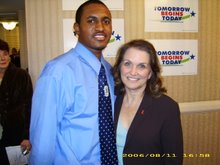

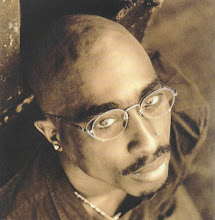



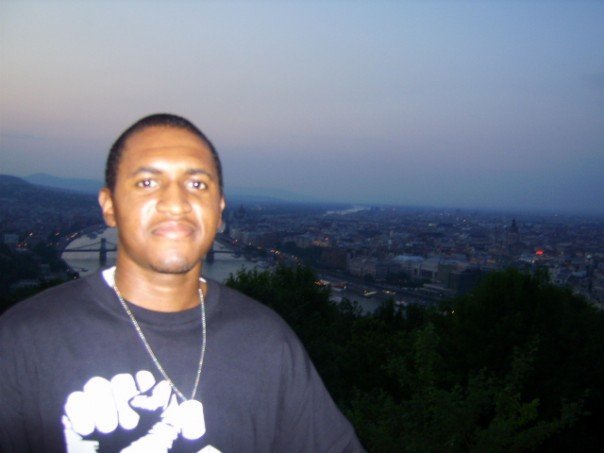



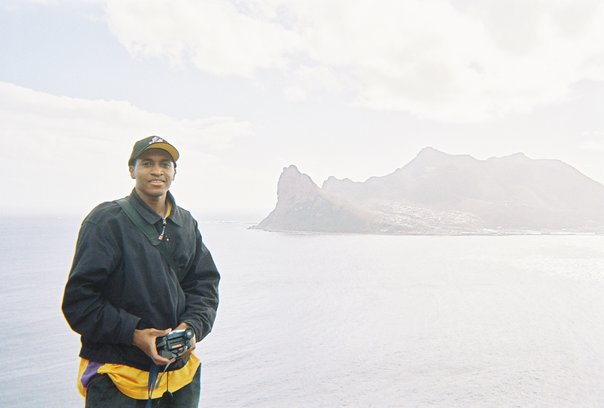

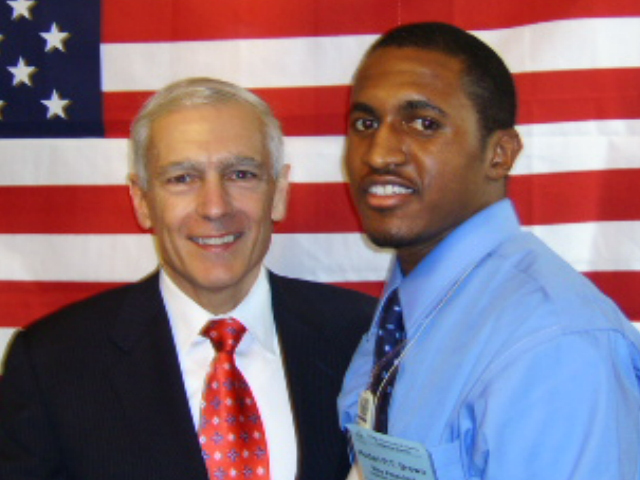
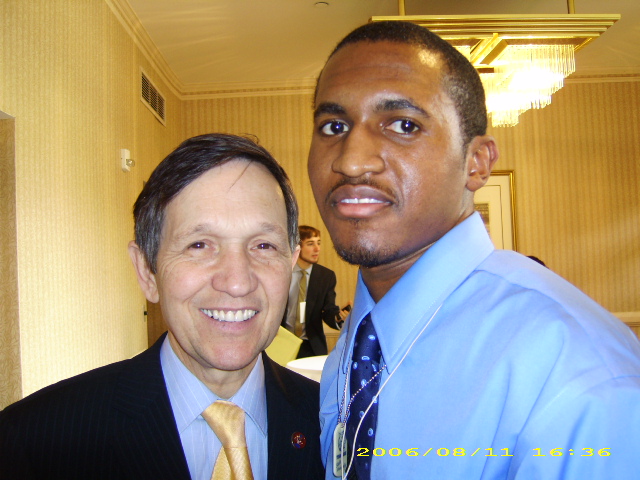

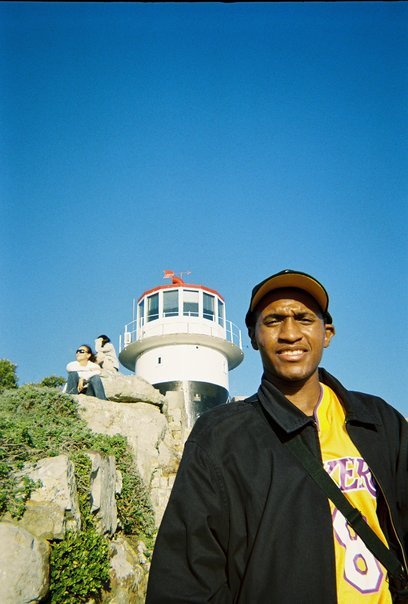
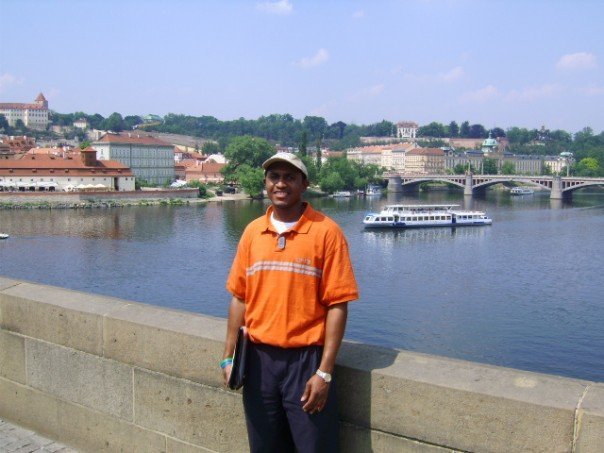
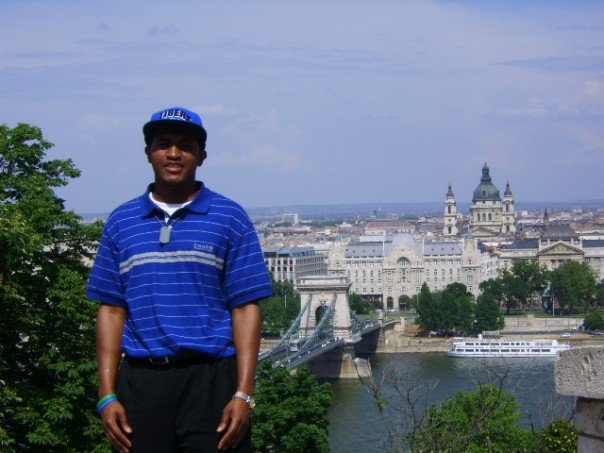
No comments:
Post a Comment